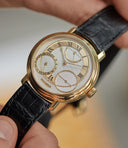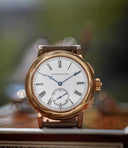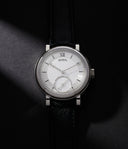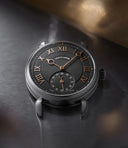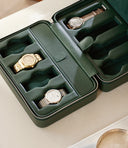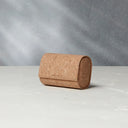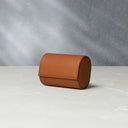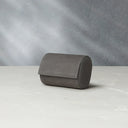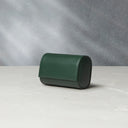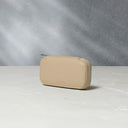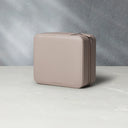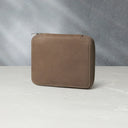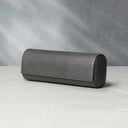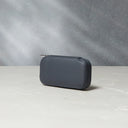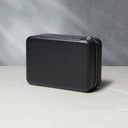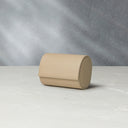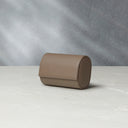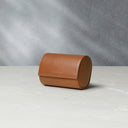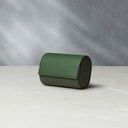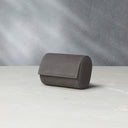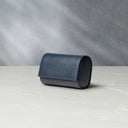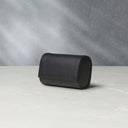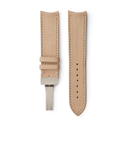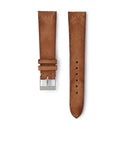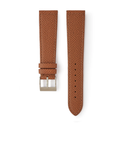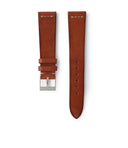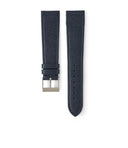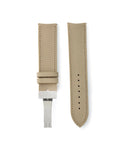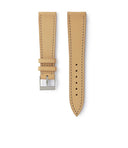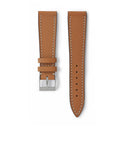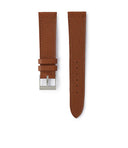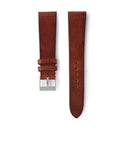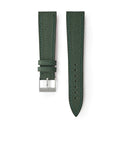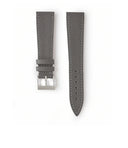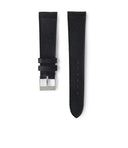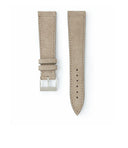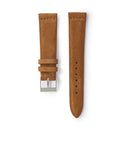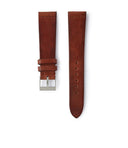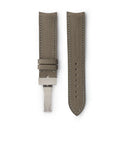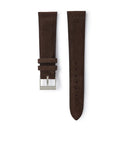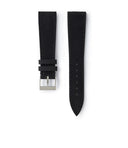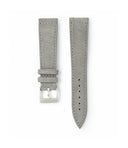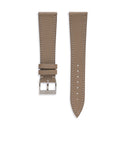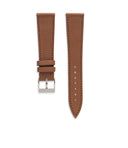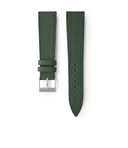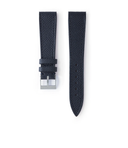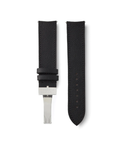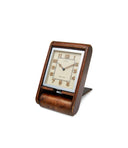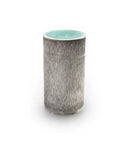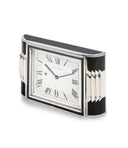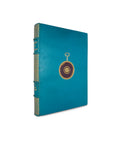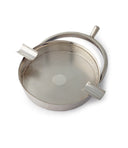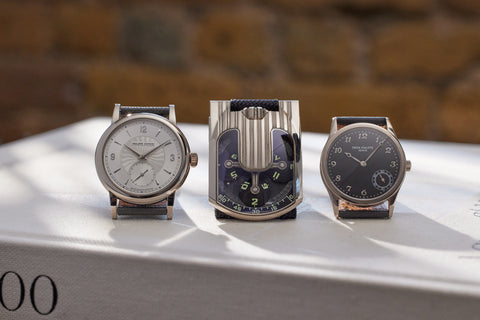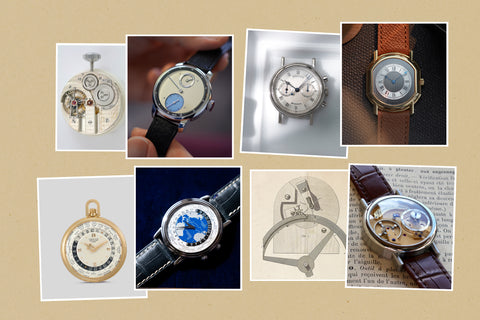Founded in 2001 in Dresden, Saxony the independent house of Lang & Heyne was helmed by Marco Lang, after Mirko Heyne left the following year to work at Nomos in nearby Glashütte. Lang, a fifth-generation watchmaker, who had got his start in precision mechanics, built the brand around the baroque spirit of Dresden, imbuing the technical finesse of the masters whose historic clocks and watches he had watched his father restore for the Dresden Art Chamber. He too would earn his stripes in restoration before crafting watches under his own name. Lang & Heyne exhibited its first watches, the Friedrich August and the Johann, when the brand exhibited with the Academy of Independent Watchmakers (AHCI) at Baselworld in 2002. It continued the tradition of naming its watches after nobility and those who made meaningful contributions to Saxon society even after Lang left the brand in 2019.
This example, one of a limited series of nine pieces made for Hong Kong-based retailer The Lavish Attic, traces its lineage back to a unique Friedrich II Remontoir Prototype 00 created in 2021. The unique watch featured a stainless-steel case, and a manually wound calibre crafted from titanium, with a one-second remontoir giving the watch its natural deadbeat seconds trait.
The Limited Edition 9 iteration of the Friedrich II Remontoir has much in common with this prototype. The series was offered in a choice of stainless-steel, white gold and platinum. This example features the 39.2mm case in platinum. The rounded, polished bezel meets the flat profile of the midcase in a lip. The rim of the exhibition caseback, which has a flatter form than the bezel, also meets the midcase in a lip. The caseback is affixed by screws. The brand’s signature triple lugs originate from the midcase. They are paired with a black, alligator-grained leather strap with contrast red stitching and secured by a signed platinum pin buckle. The bars fixing the strap to the lugs are screwed in.
The two-part black enamel dial has a glass-like texture. On the outside lies a white chemin de fer track of minutes with diamond markers at quarter hours, hand-filled with luminous material. This is followed by a large chapter of printed enamel Arabic hours. As in the prototype, the top hour is denoted by 00. In this example, 9 o’clock is in coral red, a reference to the number of pieces in the series. It provides a hit of colour, that is subtly reinforced in the triangular markers that are part of the chemin de fer track of the subsidiary seconds register. This portion of the dial is created separately and has a chapter with luminous markers at at 12, 3, 6 and 9 o’clock.
All three hands are alpha-style, beautifully formed and filled with luminous material for maximum legibility. The brand mark is printed at 12 while the place of origin is printed just above the subsidiary register. The register itself is adorned with ‘enamel’ printed in white.
The Calibre VI-I makes extensive use of titanium with the baseplate and bridges made from the metal that is famous for its lightness as well as its hardness. In fact, it is the latter quality which is why its application in watchmaking is often restricted to cases. The titanium parts have been bead-blasted to achieve a subdued, brushed appearance. Despite the metal’s hardness, the edges of the bridges have been manually finished and mirror polished. In Glashütte tradition, the stainless steel balance bridge wears intricate hand engraving. It is topped with a swan-neck regulator that is black polished. The balance wheel pivots on a brilliant cut diamond – another detail traditional to Glashütte makers.
The balance wheel interacts with the escapement that is topped with the one-second constant force mechanism governed by a Reuleaux triangle. This remontoir ensures a constant force on the balance, producing a stable amplitude and resulting in better chronometry. The calibre derives 42 hours of autonomy from a single barrel.
Aside from the finishing refinements already mentioned, the jewels on which the wheels of the going train pivot feature gold chatons, while all screws are heat blued. Notably, the screws fixing the bridge in place also feature lavishly detailed countersinks. The tip of the escape bridge as well as the components of the remontoir are black polished. The brand mark as well as the words ‘limited edition’ and serial number out of nine are free hand engraved on to the baseplate.
The watch comes with its full set of box and paperwork.
This example of Friedrich II Remontoir Limited Edition 9 has more in common with the unique prototype from 2021 than it does with the serially produced example of the Friedrich II, both in terms of appearance and mechanics. The substantial platinum case, paired with a lightweight, finely finished manually wound calibre make this a singular offering.
If sold within the United Kingdom, this Lang & Heyne Frederich II Remontoir will be subject to 20% VAT




























































































